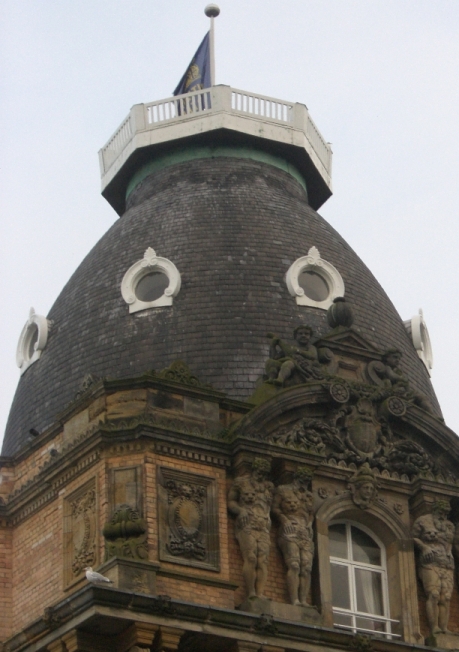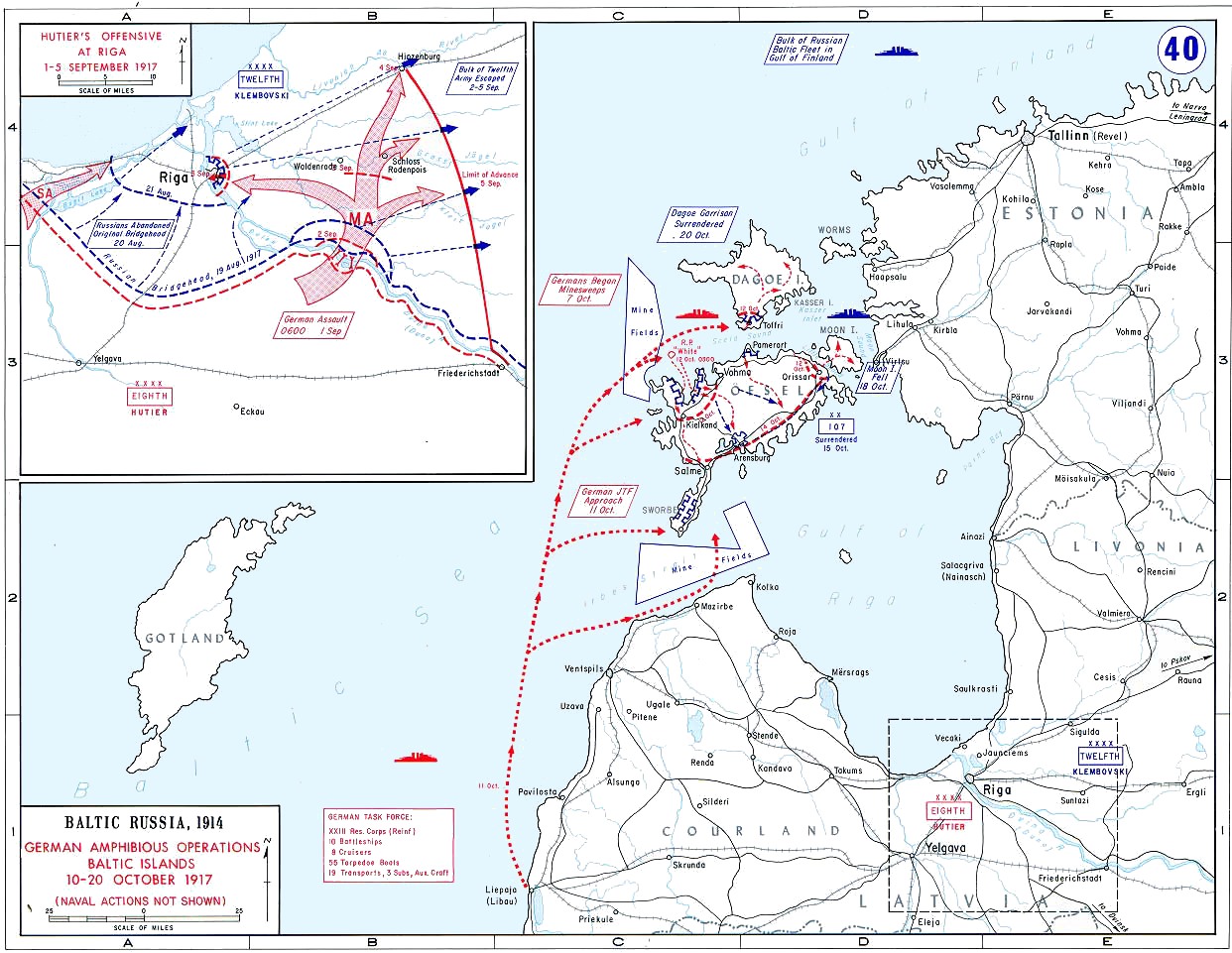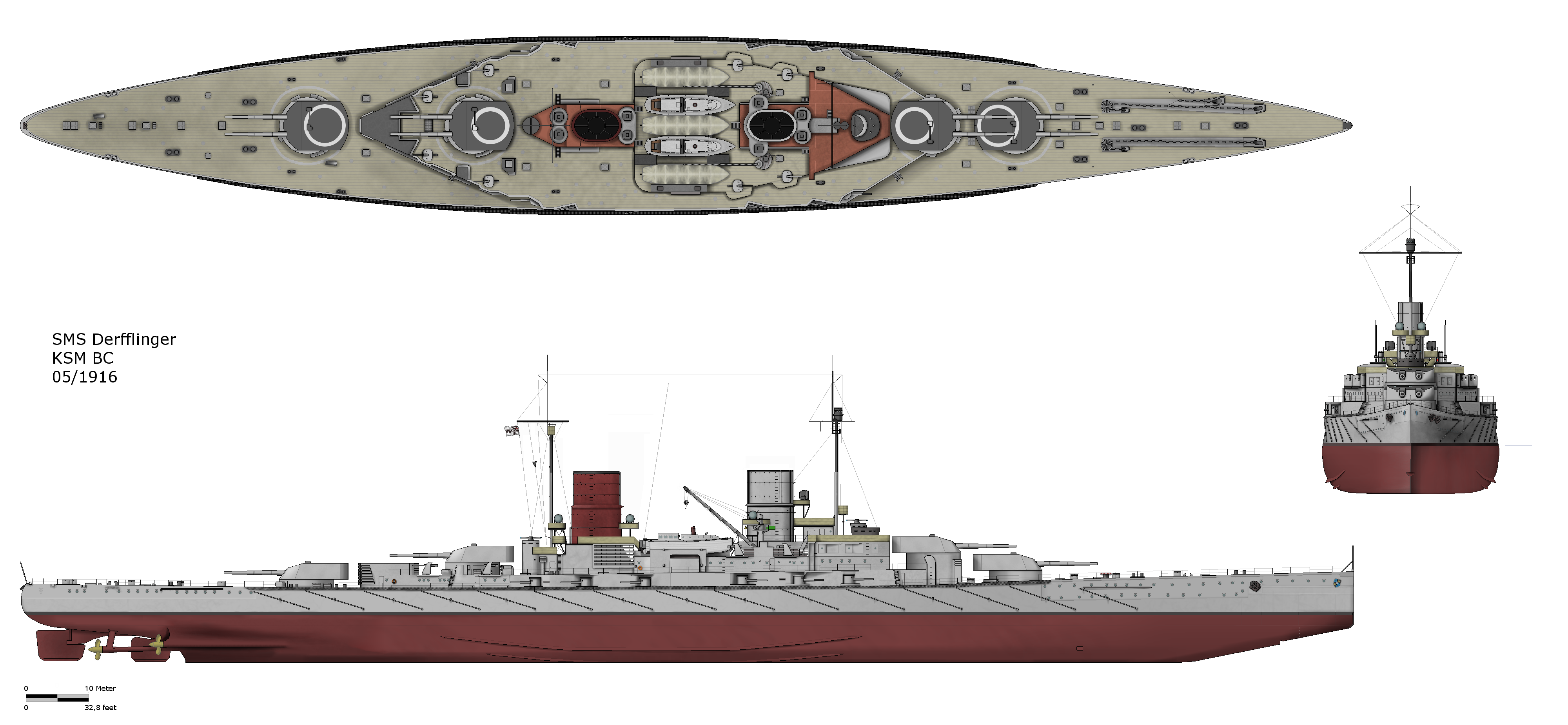|
Grand Hotel (Scarborough)
The Grand Hotel is a large hotel in Scarborough, North Yorkshire, England, overlooking the town's South Bay. It is a Grade II* listed building and owned by Britannia Hotels. At the time of its grand opening in 1867, it was the largest hotel and the largest brick structure in Europe. Design The hotel was designed by the Hull architect Cuthbert Brodrick, who was better known as the designer of several Leeds buildings, and when completed in 1867 was one of the largest hotels in the world, as well as one of the first giant purpose-built hotels in Europe. The hotel's yellow (also referred to as tawny) brickwork was made locally in Hunmanby and is complemented with traditional red brickwork around the windows. The architectural sculpture was executed by Burstall and Taylor of Leeds. The building is designed around the theme of time: four towers to represent the seasons, 12 floors for the months of the year, 52 chimneys symbolise the weeks, and originally there were 365 bedrooms, on ... [...More Info...] [...Related Items...] OR: [Wikipedia] [Google] [Baidu] |
Scarborough, North Yorkshire
Scarborough () is a seaside town in the Borough of Scarborough in North Yorkshire, England. Scarborough is located on the North Sea coastline. Historic counties of England, Historically in the North Riding of Yorkshire, the town lies between 10 and 230 feet (3–70 m) above sea level, from the harbour rising steeply north and west towards limestone cliffs. The older part of the town lies around the harbour and is protected by a rocky headland. With a population of 61,749, Scarborough is the largest seaside resort, holiday resort on the Yorkshire Coast and largest seaside town in North Yorkshire. The town has fishing and service industries, including a growing digital and creative economy, as well as being a tourist destination. Residents of the town are known as Scarborians. History Origins The town was reportedly founded around 966 AD as by Thorgils Skarthi, a Viking raider, though there is no archaeological evidence to support these claims, made during the 1960s, as p ... [...More Info...] [...Related Items...] OR: [Wikipedia] [Google] [Baidu] |
Scarborough Festival
{{No footnotes, date=July 2011 The Scarborough Festival is an end of season series of cricket matches featuring Yorkshire County Cricket Club which has been held in Scarborough, on the east coast of Yorkshire, since 1876. The ground, at North Marine Road, sees large crowds of holiday makers watching a mixture of first-class county cricket, one-day fixtures and invitation XIs in the late August/early September sunshine every year. Many of the world's greatest cricketers have played in festival matches over the years. There have been 399 first-class matches at Scarborough, the vast majority of these in the festival and as well as Yorkshire's games against county opposition ad hoc teams under the name of H. D. G. Leveson-Gower, Tom Pearce, Brian Close and Michael Parkinson have entertained touring teams and World XIs on many occasions. A one-day competition, under the names of various sponsors, was played in the seventies, eighties and nineties and featured four counties who would ... [...More Info...] [...Related Items...] OR: [Wikipedia] [Google] [Baidu] |
Holiday Camp
A holiday camp is a type of holiday accommodation that encourages holidaymakers to stay within the site boundary, and provides entertainment and facilities for them throughout the day. Since the 1970s, the term has fallen out of favour with terms such as holiday park, resort, holiday village and holiday centre replacing it. As distinct from camping, accommodation typically consisted of chalets, accommodation buildings arranged individually or in blocks. From the 1960s onward, many camps also added static caravan accommodation, and today, many static caravans are also termed holiday camps. History Cunningham's Young Men's Holiday Camp at Douglas on the Isle of Man is sometimes regarded as the first holiday camp, but it differed from the definition (above), especially as accommodation was still in tents. Cunningham's was still open by the time Billy Butlin opened his first camp in 1936 (and still averaged 60,000 campers on a good year). Ward, Hardy 1987, p. 22. Opened in 1906 by ... [...More Info...] [...Related Items...] OR: [Wikipedia] [Google] [Baidu] |
Butlins
Butlin's is a chain of large seaside resorts in the United Kingdom. Butlin's was founded by Billy Butlin to provide affordable holidays for ordinary British families. Between 1936 and 1966, ten camps were built, including one in Ireland and one in the Bahamas. In the 1970s and 1980s, Butlin's also operated numerous large hotels, including one in Spain, a number of smaller holiday parks in England and France, and a revolving restaurant in the Post Office Tower in London.Summary of Butlins history on Butlin's website Butlins (15 April 2011). Retrieved 13 July 2011. Tough competition from overseas package holiday operators, rising operational costs, and rapidly changing demand, forced many of the Butlin's operations to close in the 1980s and 1990s. Three of the original camp ... [...More Info...] [...Related Items...] OR: [Wikipedia] [Google] [Baidu] |
Special Air Service
The Special Air Service (SAS) is a special forces unit of the British Army. It was founded as a regiment in 1941 by David Stirling and in 1950, it was reconstituted as a corps. The unit specialises in a number of roles including counter-terrorism, hostage rescue, direct action and covert reconnaissance. Much of the information about the SAS is highly classified, and the unit is not commented on by either the British government or the Ministry of Defence due to the secrecy and sensitivity of its operations. The corps currently consists of the 22 Special Air Service Regiment, the regular component, as well as the 21 Special Air Service Regiment (Artists) (Reserve) and the 23 Special Air Service Regiment (Reserve), which are reserve units, all under the operational command of United Kingdom Special Forces (UKSF). Its sister unit is the Royal Navy's Special Boat Service which specialises in maritime counter-terrorism. Both units are under the operational control of the Directo ... [...More Info...] [...Related Items...] OR: [Wikipedia] [Google] [Baidu] |
Royal Air Force
The Royal Air Force (RAF) is the United Kingdom's air and space force. It was formed towards the end of the First World War on 1 April 1918, becoming the first independent air force in the world, by regrouping the Royal Flying Corps (RFC) and the Royal Naval Air Service (RNAS). Following the Allied victory over the Central Powers in 1918, the RAF emerged as the largest air force in the world at the time. Since its formation, the RAF has taken a significant role in British military history. In particular, it played a large part in the Second World War where it fought its most famous campaign, the Battle of Britain. The RAF's mission is to support the objectives of the British Ministry of Defence (MOD), which are to "provide the capabilities needed to ensure the security and defence of the United Kingdom and overseas territories, including against terrorism; to support the Government's foreign policy objectives particularly in promoting international peace and security". The R ... [...More Info...] [...Related Items...] OR: [Wikipedia] [Google] [Baidu] |
SMS Kolberg
SMS ''Kolberg'' was a light cruiser of the German ''Kaiserliche Marine'' (Imperial Navy) during the First World War, the lead ship of her class. She had three sister ships, , , and . She was built by the Schichau-Werke; her hull was laid down in early 1908 and she was launched later that year, in November. She was commissioned into the High Seas Fleet in June 1910. She was armed with a main battery of twelve 10.5 cm SK L/45 guns and had a top speed of . ''Kolberg'' saw action in several engagements with the British during the war, including the raid on Scarborough, Hartlepool and Whitby in December 1914 and the Battle of Dogger Bank the following month. She also saw action against the Russians on two occasions, during the Battle of the Gulf of Riga in August 1915 and Operation Albion in November 1917. After the end of the war, she was ceded to France as a war prize and renamed ''Colmar''. She served only briefly in the French Navy, including a deployment to Asia in 1924. S ... [...More Info...] [...Related Items...] OR: [Wikipedia] [Google] [Baidu] |
Light Cruiser
A light cruiser is a type of small or medium-sized warship. The term is a shortening of the phrase "light armored cruiser", describing a small ship that carried armor in the same way as an armored cruiser: a protective belt and deck. Prior to this smaller cruisers had been of the protected cruiser model, possessing armored decks only. While lighter and smaller than other contemporary ships they were still true cruisers, retaining the extended radius of action and self-sufficiency to act independently around the world. Through their history they served in a variety of roles, primarily as convoy escorts and destroyer command ships, but also as scouts and fleet support vessels for battle fleets. Origins and development The first small steam-powered cruisers were built for the British Royal Navy with HMS ''Mercury'' launched in 1878. Such second and third class protected cruisers evolved, gradually becoming faster, better armed and better protected. Germany took a lead in small crui ... [...More Info...] [...Related Items...] OR: [Wikipedia] [Google] [Baidu] |
SMS Von Der Tann
SMS was the first battlecruiser built for the German Kaiserliche Marine, as well as Germany's first major turbine-powered warship. At the time of her construction, was the fastest dreadnought-type warship afloat, capable of reaching speeds in excess of . She was designed in response to the British . While the German design had slightly lighter guns—28 cm (11 in), compared to the 30.5 cm (12 in) Mark X mounted on the British ships— was faster and significantly better-armored. She set the precedent of German battlecruisers carrying much heavier armor than their British equivalents, albeit at the cost of smaller guns. participated in a number of fleet actions during the First World War, including several bombardments of the English coast. She was present at the Battle of Jutland, where she destroyed the British battlecruiser in the opening minutes of the engagement. was hit several times by large-caliber shells during the battle, and at one ... [...More Info...] [...Related Items...] OR: [Wikipedia] [Google] [Baidu] |
SMS Derfflinger
SMS was a battlecruiser of the German Empire, German (Imperial Navy) built in the early 1910s during the Anglo-German naval arms race. She was the lead ship of her ship class, class of three ships; her sister ships were and . The s were larger and featured significant improvements over the previous German battlecruisers, carrying larger guns in a more efficient superfiring arrangement. was armed with a main battery of eight guns, compared to the guns of earlier battlecruisers. She had a top speed of and carried heavy protection, including a thick belt armor, armored belt. was completed shortly after the outbreak of World War I in 1914; after entering service, she joined the other German battlecruisers in I Scouting Group of the High Seas Fleet, where she served for the duration of the conflict. As part of this force, she took part in numerous operations in the North Sea, including the Raid on Scarborough, Hartlepool and Whitby in December 1914, the Battle of Dogger Bank ... [...More Info...] [...Related Items...] OR: [Wikipedia] [Google] [Baidu] |







